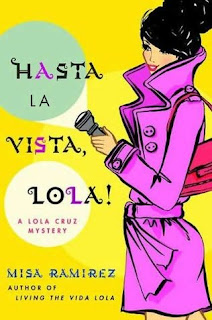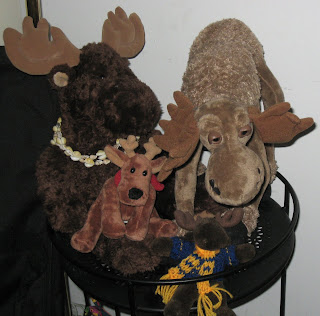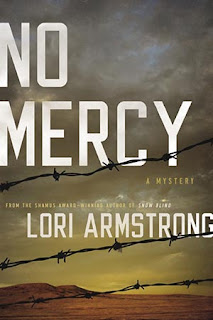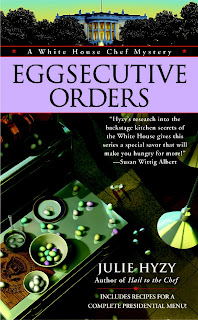 Mark L. Van Name has worked in the high-tech industry for over thirty years and today runs a technology assessment company in the Research Triangle area of North Carolina. He has published over a thousand computer-related articles and multiple science fiction stories in a variety of magazines and anthologies, including the Year's Best Science Fiction.
Mark L. Van Name has worked in the high-tech industry for over thirty years and today runs a technology assessment company in the Research Triangle area of North Carolina. He has published over a thousand computer-related articles and multiple science fiction stories in a variety of magazines and anthologies, including the Year's Best Science Fiction.He spends far too much time thinking about obsessions, alienation, and the nature of evil, all topics dear to mystery writers’ hearts.
PDD:
What obsesses you?
Mark:
This question, for one. Seriously. I spent way too much time considering it and pondering the nature of obsession, how to draw the line between continual fascination and obsession, wondering when being interested or committed or curious morphs into being obsessed.
I never found the answer.
The world is endlessly, ceaselessly fascinating. The more I look into anything, the more interesting it becomes. Given enough time, almost anything could intrigue and, for at least a while, obsess me.
So it came down to this: Those things that repeatedly float to the top of my always simmering soup of interests and fascinations are what I’ll label as obsessions. They include, in no particular order:
• child abuse
• personal responsibility
• the moments when doing the right thing means doing a hard thing, sometimes even a wrong thing
• the nature of evil
• how context changes how we feel; torture is bad, but would you do it to save your kid?
• society’s need for people—soldiers, cops, firefighters, EMS workers, trauma nurses, and on and on—who do jobs that will leave them messed up forever and to varying degrees uncomfortable at fitting into any society other than the one of people like them
• the power of the ocean, particularly as a storm is rolling in
• how one look, one momentary glance at someone you love can take away your breath, raise your pulse, and for a split second steal your heart
• the awful tendency of humans throughout many lands and many times to create groups that are “other,” then to treat those others as less than human and thus be justified in doing whatever they want to them
• the nature of intimacy, how a single kiss with one person may be scarier and more intimate than a night of sex with another
Clearly, entirely too much obsesses me.
PDD:
Are there themes you keep coming back to in your writing?
Mark:
Yes, though not by conscious intent. Though I don’t believe in any hard and fast rules for fiction, in general I think theme is something we shouldn’t consider too closely when writing at least the first draft of a book. The reason is simple: The needs of the story should trump everything else. If our stories are good, our characters real, our plot compelling, then themes will emerge—whether we want them to be evident or not.
In my case, several of the obsessions I mentioned above appear as themes in multiple works. Almost all of them, in fact, occur in more than one of my books. If I had to pick one theme, though, that recurs more often than any other, it would have to be alienation.
PDD:
How does alienation affect you?
Mark:
Alienation is a natural consequence of living through experiences that most people cannot easily understand. When your background contains powerful elements far from the norm, it’s quite natural to feel a bit apart from those who don’t seem able to relate well to what you experienced. Protagonists who face difficult, often violent jobs inevitably pile up such experiences, so they are naturally alienated characters.
Growing up a bookish kid has also been a classic path to alienation for quite some time. I grew up such a kid, and my background includes many experiences powerfully different from the norm, so alienation is a natural topic for me.

PDD:
What do your books say about alienation?
It’s always dangerous for writers to explain what their books say, because that is a question better left, I believe, to readers. What the writers of my favorite novels meant to say is far less important to me than what I took away from those books—and that is how it should be for all readers.
What I hope my novels and stories say about alienation is that even when you feel alone, even when you are sure you are the only person like you, you can live a good life, do well by others, and ultimately find and connect with others who are, if not exactly like you, close enough that you can understand one another reasonably well. I suppose the short form of that is, you are not alone.
PDD:
What is the hardest thing for you to write?
Scenes in which very little physical action occurs. For example, some of the most emotion-packed moments in some of my stories, like some of the most emotion-packed moments in many of our lives, occur in meetings. When the doctor tells you that you’re going to have a child—or that your mother’s breast tumor is not benign. When you’re sitting around a table discussing lay-offs. When you’re planning a fight. When you’re negotiating for high stakes. In those meetings, frequently the only actions are small—nodding, slumping, sitting up straighter, leaning back, and so on—and yet emotions are running high. Such meetings can be vital to a story, and so I want to tell them, but I also, of course, want to make them compelling. Dialog has to carry the bulk of the load, but folding in just the right amount of physical business is vital and can be tricky.
PDD:
As a writer, how do you set up and carry through these scenes? Any writer's tips about how to fold in the physical business?
Mark
Maintaining imaginative concentration is the key in such scenes, as it is in so much of writing. If you’re there, really there in the story, then you can feel that the room is stuffy and sweat is soaking your armpits, that the person on the other side of the table leans back whenever you’re aggressive, and so on. Once you’re there, in the place and in the character, just write what your viewpoint character experiences.
PDD:
You said something World Fantasy convention in Calgary, which intrigued me, "Brilliance being encapsulated in evil equals primal fear." Do you have any further comments about that?
Mark:
We generally fear most the forces we can neither fully comprehend nor ever control—but only when those forces are in our faces. So, we don’t fear the weather most of the time—but let a tornado come roaring at our homes, and our lizard brains will spike with fear.
Similarly, people who do bad things but who seem understandable are far less scary than those who appear to be both brilliant beyond our comprehension and also evil. A true genius with evil intent is as unpredictable and potentially damaging a force as that tornado, and so we react with primal fear to both. Fortunately, as fun as those characters can be to try to write in fiction, they will not appear in most of our lives.
For more information about Mark and his books, visit his web site.



































